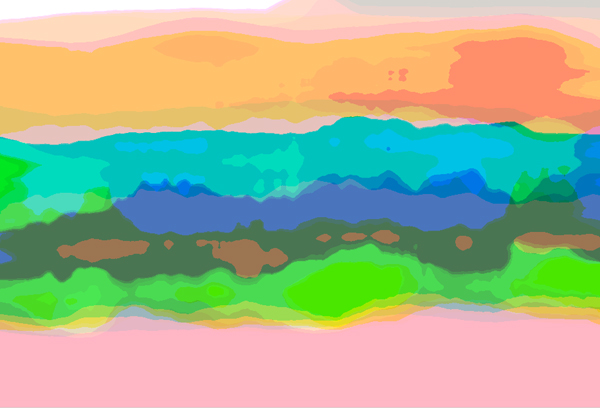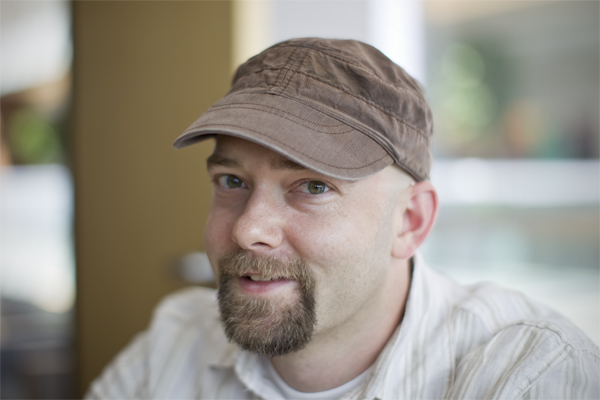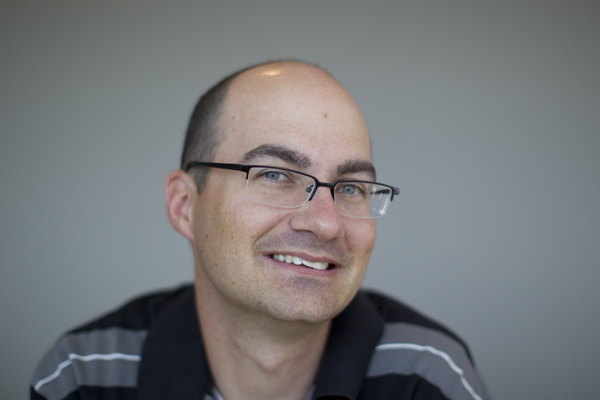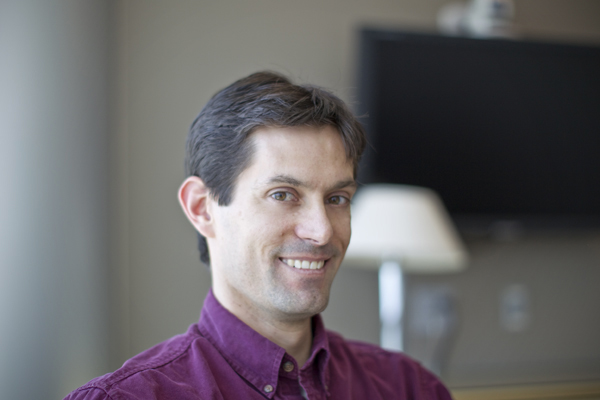Yesterday I was performing image based clustering of some retinal image data using a new software package that Josh, Steve, Dav, Greg, Robert and I are working on. At any rate, I was generating images and wondered to myself what would happen if I hit the image with a huge gaussian and I ended up generating some interesting abstract imagery that is pretty appealing on some level from an abstract art sensibility. Biologically inspired/derived art if you will.
Josh, Steve and Dav (seen below) are amazing developers and this software package is going to make a huge difference in how image data are clustered. For example, the image data that the above image was derived from would normally take me anywhere from a couple of hours to a days work previously, but now can be accomplished in less than 10 minutes, a *huge* performance leap. The impact not just to the biological science community is pretty large, but also to the industry that we took these image processing tools from. The remote sensing industry is having huge problems processing all of the data that it takes in, which was one of the revelations from my visit to Creech AFB. Global Hawk for instance, is only operating at 60% capacity because there are not enough analysts to process all of the data coming off of the platform. The community needs new software tools to handle these complex data to help interpret meaning and this is one particular bit of software that can make a big impact.
I am terribly excited about it all…




USAF used to have a few sites called Back-up Intercept Comand and Control (BUIC) that remotely controlled fighters for NORAD. Many of the lessons in Command Control and feedback, target radar, weapons control and a variety of other tasks were done by ground based crews helping pilots. Joint US-Canada Crews.